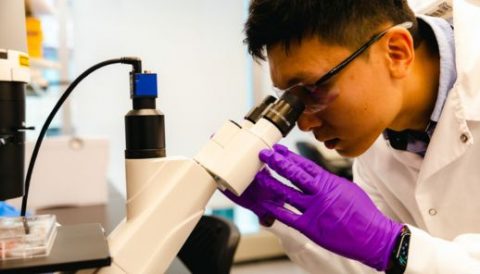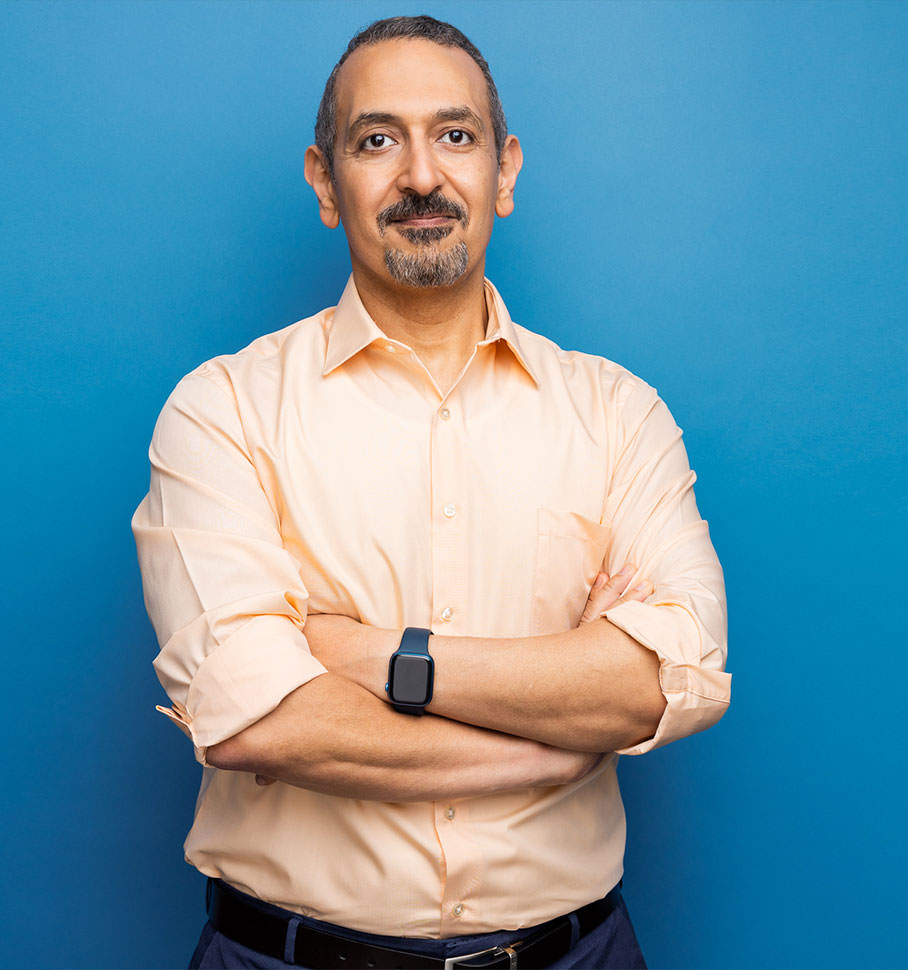 Anne-Marie was delighted to speak to Dr. Ahmed Enayetallah M.D., Ph.D, head of development at US-based BlueRock Therapeutics, about the potential of cell therapy to reverse the symptoms of Parkinson’s disease, as well as some of the challenges that still lie ahead.
Anne-Marie was delighted to speak to Dr. Ahmed Enayetallah M.D., Ph.D, head of development at US-based BlueRock Therapeutics, about the potential of cell therapy to reverse the symptoms of Parkinson’s disease, as well as some of the challenges that still lie ahead.
— Cell therapy is one of many approaches that scientists are working on in order to treat or even cure Parkinson’s disease. There are several laboratories and companies working in this field.
— In 2023, Bayer subsidiary BlueRock Therapeutics announced that its experimental cell therapy could be a potential treatment for Parkinson’s disease.
— The drugmaker said that one year into a Phase I trial with 12 volunteers, the surgically transplanted dopaminergic precursor cells, that were derived from pluripotent stem cells, had engrafted in patients’ brains and transformed into nerve cells producing dopamine, an important brain signalling molecule which is lacking in Parkinson’s patients.
— As a result, BlueRock said it plans to launch the second phase of clinical trials.
(NOTE: The Demoucelle Parkinson Charity has not provided funding for BlueRock’s research, however it has invested in another stem cell project at the University of Texas.)
——
THIS IS THE TIME FOR NEUROLOGY!
Speaking from his office in Cambridge, Massachusetts, Dr. Enayetallah told Anne-Marie that research into neurodegenerative disease had, until recently, been one of the most challenging scientific areas with “one of the highest rates of failures in drug development’’ but that that was changing.
“I truly believe – based on advances in science and technology, our knowledge of disease pathology, and our access to a much bigger toolbox of modalities than we ever had before – that this is the time for neurology.”
He pointed to the amount of research now underway in this area as well as the number of companies involved and the size of the investments being made.
——
PARKINSON’S CELL THERAPY RESEARCH BENEFICIAL FOR OTHER DISEASES
Dr. Enayetallah explained that what had been learned as a result of developing and refining cell therapy for Parkinson’s disease, could be usefully applied to other diseases.
“Almost everything we’re doing is new. When we talk about the biology, the manufacturing, the level of understanding of the disease, and even the mode of drug administration for cell therapies etc., every step is something new. Many of these are concepts that you can generalize and carry across other indications. So, once you figure out manufacturing and scaling up this type of cell therapy, you can apply the learnings to any other indication.”
——
BLUEROCK’S FOCUS ON TREATING PARKINSON’S DISEASE IS NOT A COINCIDENCE
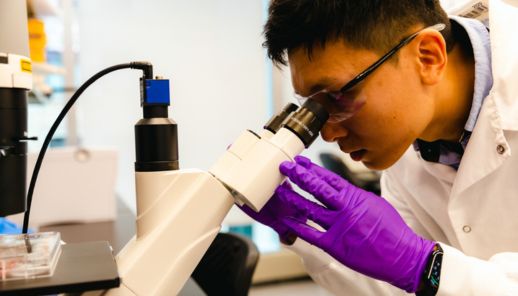 All the research done to better understand the prevalence and impact of Parkinson’s disease as well as why and how it progresses, together with increased understanding of how stem cells can be differentiated to become any cell in the body, had combined to convince the company to focus on this particular neurodegenerative condition, Dr. Enayetallah said.
All the research done to better understand the prevalence and impact of Parkinson’s disease as well as why and how it progresses, together with increased understanding of how stem cells can be differentiated to become any cell in the body, had combined to convince the company to focus on this particular neurodegenerative condition, Dr. Enayetallah said.
“The unmet need, the understanding of the pathology, the understanding of the biology to produce the cells, the manufacturing capabilities to scale up the cells. That’s how Parkinson’s was selected.”
——
GETTING TO THIS POINT HAS TAKEN YEARS… AND YEARS
Dr. Enayetallah pointed out it has taken many decades of research into both Parkinson’s and stem cells to get to this point and current research builds on advances made by many scientists, including those awarded with a joint Nobel prize in 2012.
“We have a good understanding of the underlying pathology, which is loss of dopaminergic neurons, and we can make the cells. It’s one sentence, but many, many years went into that.”
In a similar vein, he stressed that the fact that there are multiple research groups looking at cell therapy was a good thing for science and for patients.
“It’s exciting, actually, to see more research going on, more programs going on. At the end of the day, it will benefit the patients.”
——
BLUEROCK’S PHASE 1 SUCCESS PROVIDES OPTIMISM FOR PHASE 2
Turning to BlueRock’s own cell therapy development, Dr. Enayetallah explained that the Phase I trial involving 12 patients had aimed to establish safety.
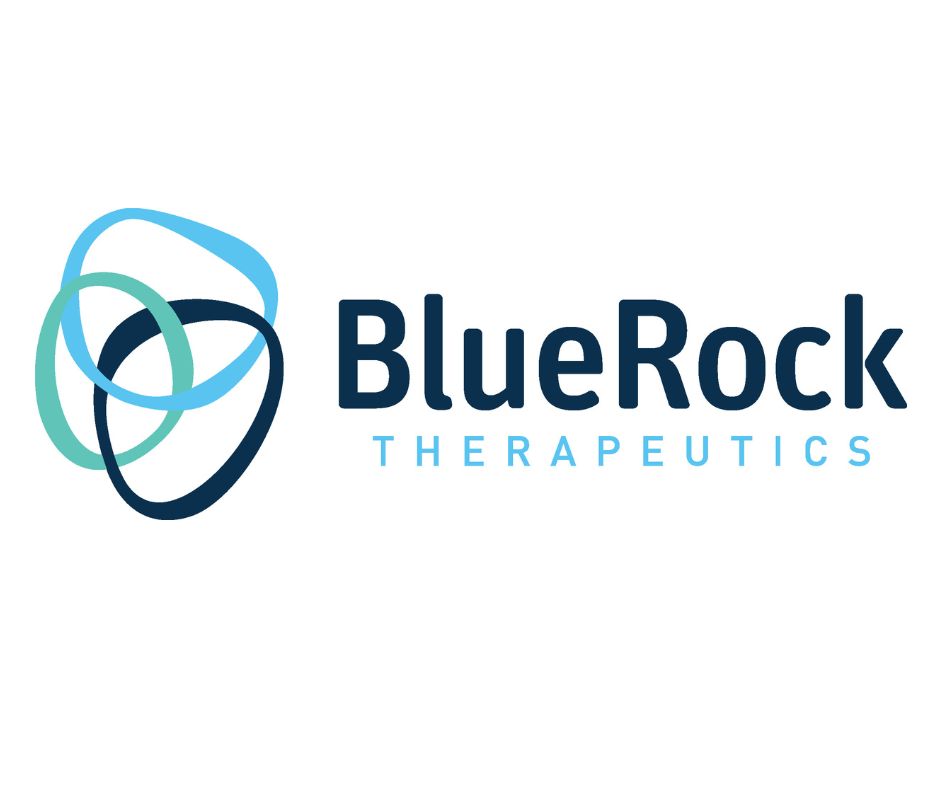 “We’re able to see a favorable safety profile that supports proceeding forward with the next phase study. We’re able to see evidence of cell engraftment and survival. We’re able to see, of course, the feasibility i.e. all patients got the intended dose and all patients got discharged as planned in the protocol. And the clinical trends do support that there could be something there. Again, too early to conclusively say that, and we have to run larger studies for it. But that’s why the phase one was really exciting.
“We’re able to see a favorable safety profile that supports proceeding forward with the next phase study. We’re able to see evidence of cell engraftment and survival. We’re able to see, of course, the feasibility i.e. all patients got the intended dose and all patients got discharged as planned in the protocol. And the clinical trends do support that there could be something there. Again, too early to conclusively say that, and we have to run larger studies for it. But that’s why the phase one was really exciting.
A lot of work remains to be done, but this is a significant step for the entire field and for the patients.”
——
PHASE 2 TRIALS ARE BEING SET UP
Dr. Enayetallah said that before moving to the next stage of testing with a larger patient population recruited for Phase 2 trials, the company first needs to:
a) scale up its activities:
“All the challenges that one faces in a phase one, they just get bigger. Now you need to make more cells so you need to develop a process to make them at a larger scale. Now you need to work with more neurosurgeons. And of course, … once you go bigger and you go larger and you go broader, you start introducing other elements of variability and challenges that you may have not experienced early on in the phase one. That’s just the nature of it.”
b) work closely with regulators:
“Given the high unmet need in Parkinson’s disease we are really trying to understand, together with regulatory agencies, the process, the steps, and all of the details of what’s required for such a novel modality.”
c) select, recruit and train suitable sites.
“We look through all the candidates and then we prioritize, we talk to them, see if there’s mutual interest. And then you start getting into a lot of the technical details, e.g. making sure that they have the facilities, for example.”
——
CELL THERAPY AIMS TO ‘RESET THE CLOCK’ ON PARKINSON’S DISEASE
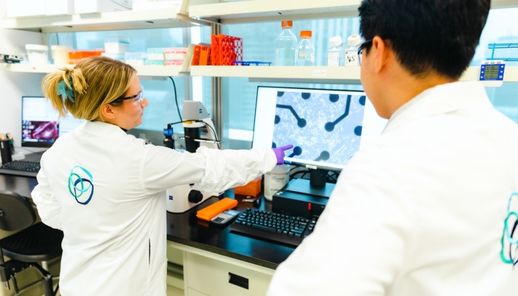 Dr. Enayetallah explained that BlueRock’s cell therapy does not alter the underlying disease process but rather aims to replace Parkinson patients’ missing dopamine-producing cells. The disease could therefore deplete the new cells too however this process could take a long time given how long patients take to show first symptoms of the disease.
Dr. Enayetallah explained that BlueRock’s cell therapy does not alter the underlying disease process but rather aims to replace Parkinson patients’ missing dopamine-producing cells. The disease could therefore deplete the new cells too however this process could take a long time given how long patients take to show first symptoms of the disease.
“The disease process takes many, many years to get to a symptomatic stage. It could be 10, 15, 20 years. And for most patients, it’s estimated that they lose about 60% to 80% of dopaminergic cells by the time they manifest (symptoms) or they’re diagnosed. So even if the disease process continues, … you are providing fresh, healthy cells and potentially resetting the clock.”
——
STILL MUCH TO DO!
While recognising the urgency for patients and their families, Dr. Enayetallah declined to predict when a treatment might be approved and widely available.
“As exciting as the phase one is and really having this significant milestone, there’s a lot of work remaining to get something like this available to patients. Like we talked about, requiring additional studies, phase two and or phase three, it’s hard to comment or predict today, but we’re doing everything we can. We understand the urgency for patients. Every day counts, so that’s really what we have in mind.”
——
“IF I HAD A MAGIC WAND, I WOULD WANT TO ….
“…. crack the code for cell therapy and rewrite medical textbooks in terms of treatment of degenerative diseases: to go from conservative symptomatic to be able to finally say that there is an actual cell therapy treatment.”
“What really drives me and many others, is the potential to be part of something so transformational. If patients can survive and regain their quality of life, from Parkinson’s, that would be huge!”
